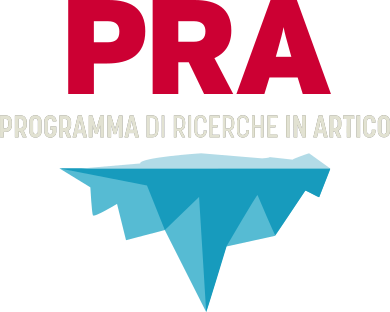Biodiversity and adaptation
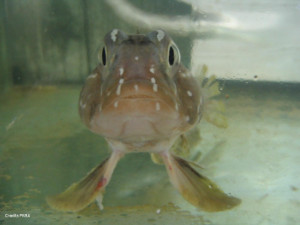 Polar biological communities are heavily influenced by several local factors concomitant to low temperatures, such as dryness, ice cover, poor nutrient availability, exposure to harmful solar radiation (e.g. UV-B radiation), extremely variable light periods and, in specific cases, high salinities and osmotic stress. Biodiversity guarantees the functioning of all ecosystems, so studying the properties and temporal evolution of polar ecosystem is fundamentally important for improving our knowledge of its current state and predicting its future development, particularly in the light of climate change. The analysis and monitoring of the biodiversity of biological communities and their ecological dynamics constitutes the focal point of this research topic. The study of the morphological-functional adaptation mechanisms adopted by polar organisms for survival in extreme conditions is particularly interesting.
Polar biological communities are heavily influenced by several local factors concomitant to low temperatures, such as dryness, ice cover, poor nutrient availability, exposure to harmful solar radiation (e.g. UV-B radiation), extremely variable light periods and, in specific cases, high salinities and osmotic stress. Biodiversity guarantees the functioning of all ecosystems, so studying the properties and temporal evolution of polar ecosystem is fundamentally important for improving our knowledge of its current state and predicting its future development, particularly in the light of climate change. The analysis and monitoring of the biodiversity of biological communities and their ecological dynamics constitutes the focal point of this research topic. The study of the morphological-functional adaptation mechanisms adopted by polar organisms for survival in extreme conditions is particularly interesting.
Response to natural and anthropogenic forcing
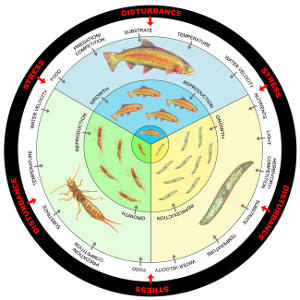 In recent decades, the anthropogenic impact on polar regions has significantly increased due to a local and global scale human activities. The effects of human activities can be assessed by the response of organisms, populations and communities to global changes and anthropogenic pressure (especially from chemical and noise pollution). As these can cause modifications in ecosystems and their biodiversity. Specific biometric, biochemical and immunological indicators can also be used for this purpose. The most evaluated aspects are the impacts on physiology and behaviour, the geographical distribution and composition of species within biological communities, as well as changes in intraspecies interactions.
In recent decades, the anthropogenic impact on polar regions has significantly increased due to a local and global scale human activities. The effects of human activities can be assessed by the response of organisms, populations and communities to global changes and anthropogenic pressure (especially from chemical and noise pollution). As these can cause modifications in ecosystems and their biodiversity. Specific biometric, biochemical and immunological indicators can also be used for this purpose. The most evaluated aspects are the impacts on physiology and behaviour, the geographical distribution and composition of species within biological communities, as well as changes in intraspecies interactions.
Biotechnology
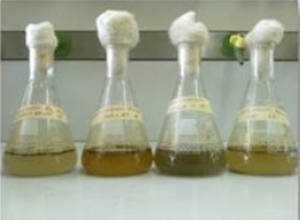 Deeper understanding of biological processes and recent advances in biotechnology allow us to use the natural world to progress in various industries, such as in the development of drugs and food additives. In general, the term bioprospecting is used to indicate the exploration of living beings and biological materials for biomolecules that may be useful to humans. In this field, poorly known or poorly described genetic resources have a great potential for the discovery of new and valuable natural products. Therefore, polar organisms, given their unusual metabolic abilities and physiological adaptations to extreme environmental conditions, are well suited for this purpose. Furthermore, the possible future potential of polar organisms in of the bioremediation of pollutants, even persistent ones, at low temperatures should not be overlooked.
Deeper understanding of biological processes and recent advances in biotechnology allow us to use the natural world to progress in various industries, such as in the development of drugs and food additives. In general, the term bioprospecting is used to indicate the exploration of living beings and biological materials for biomolecules that may be useful to humans. In this field, poorly known or poorly described genetic resources have a great potential for the discovery of new and valuable natural products. Therefore, polar organisms, given their unusual metabolic abilities and physiological adaptations to extreme environmental conditions, are well suited for this purpose. Furthermore, the possible future potential of polar organisms in of the bioremediation of pollutants, even persistent ones, at low temperatures should not be overlooked.
Astrobiological implications
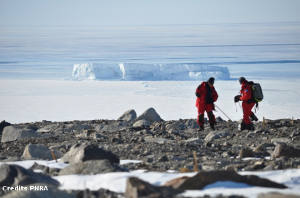 In the search for answers related to the origin, evolution and distribution of life in the universe, extreme environments can represent terrestrial analogues for astrobiological studies. Their geological and environmental parameters do not fully replicate, but certainly mimic those found for example, on Mars and Venus, and the moons of Jupiter (e.g. Europa) and Saturn (Titan and Enceladus). In this context, to establish whether the physical/chemical conditions of a celestial body can support life as we know it on Earth, some polar habitats are the object of investigations on galactic habitability. Such environments lend themselves to testing methodologies, protocols and technologies, for establishing the physical and chemical processes or the mechanisms of survival and adaptation of microorganisms. Furthering our current understanding of the limits of life, both in the present and in the geological past.
In the search for answers related to the origin, evolution and distribution of life in the universe, extreme environments can represent terrestrial analogues for astrobiological studies. Their geological and environmental parameters do not fully replicate, but certainly mimic those found for example, on Mars and Venus, and the moons of Jupiter (e.g. Europa) and Saturn (Titan and Enceladus). In this context, to establish whether the physical/chemical conditions of a celestial body can support life as we know it on Earth, some polar habitats are the object of investigations on galactic habitability. Such environments lend themselves to testing methodologies, protocols and technologies, for establishing the physical and chemical processes or the mechanisms of survival and adaptation of microorganisms. Furthering our current understanding of the limits of life, both in the present and in the geological past.
 Polar biological communities are heavily influenced by several local factors concomitant to low temperatures, such as dryness, ice cover, poor nutrient availability, exposure to harmful solar radiation (e.g. UV-B radiation), extremely variable light periods and, in specific cases, high salinities and osmotic stress. Biodiversity guarantees the functioning of all ecosystems, so studying the properties and temporal evolution of polar ecosystem is fundamentally important for improving our knowledge of its current state and predicting its future development, particularly in the light of climate change. The analysis and monitoring of the biodiversity of biological communities and their ecological dynamics constitutes the focal point of this research topic. The study of the morphological-functional adaptation mechanisms adopted by polar organisms for survival in extreme conditions is particularly interesting.
Polar biological communities are heavily influenced by several local factors concomitant to low temperatures, such as dryness, ice cover, poor nutrient availability, exposure to harmful solar radiation (e.g. UV-B radiation), extremely variable light periods and, in specific cases, high salinities and osmotic stress. Biodiversity guarantees the functioning of all ecosystems, so studying the properties and temporal evolution of polar ecosystem is fundamentally important for improving our knowledge of its current state and predicting its future development, particularly in the light of climate change. The analysis and monitoring of the biodiversity of biological communities and their ecological dynamics constitutes the focal point of this research topic. The study of the morphological-functional adaptation mechanisms adopted by polar organisms for survival in extreme conditions is particularly interesting.
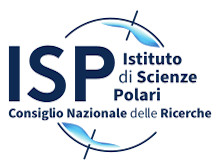





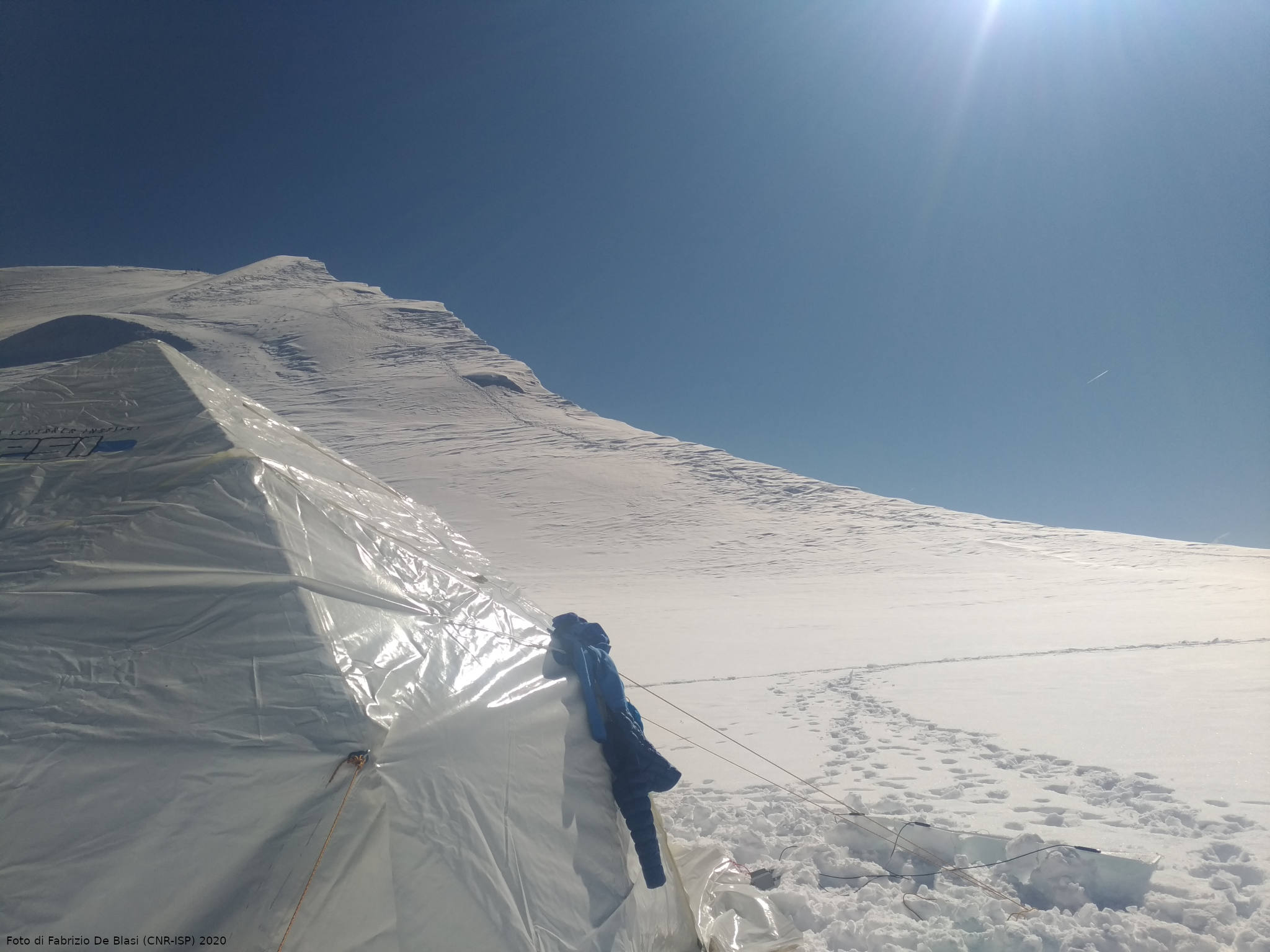
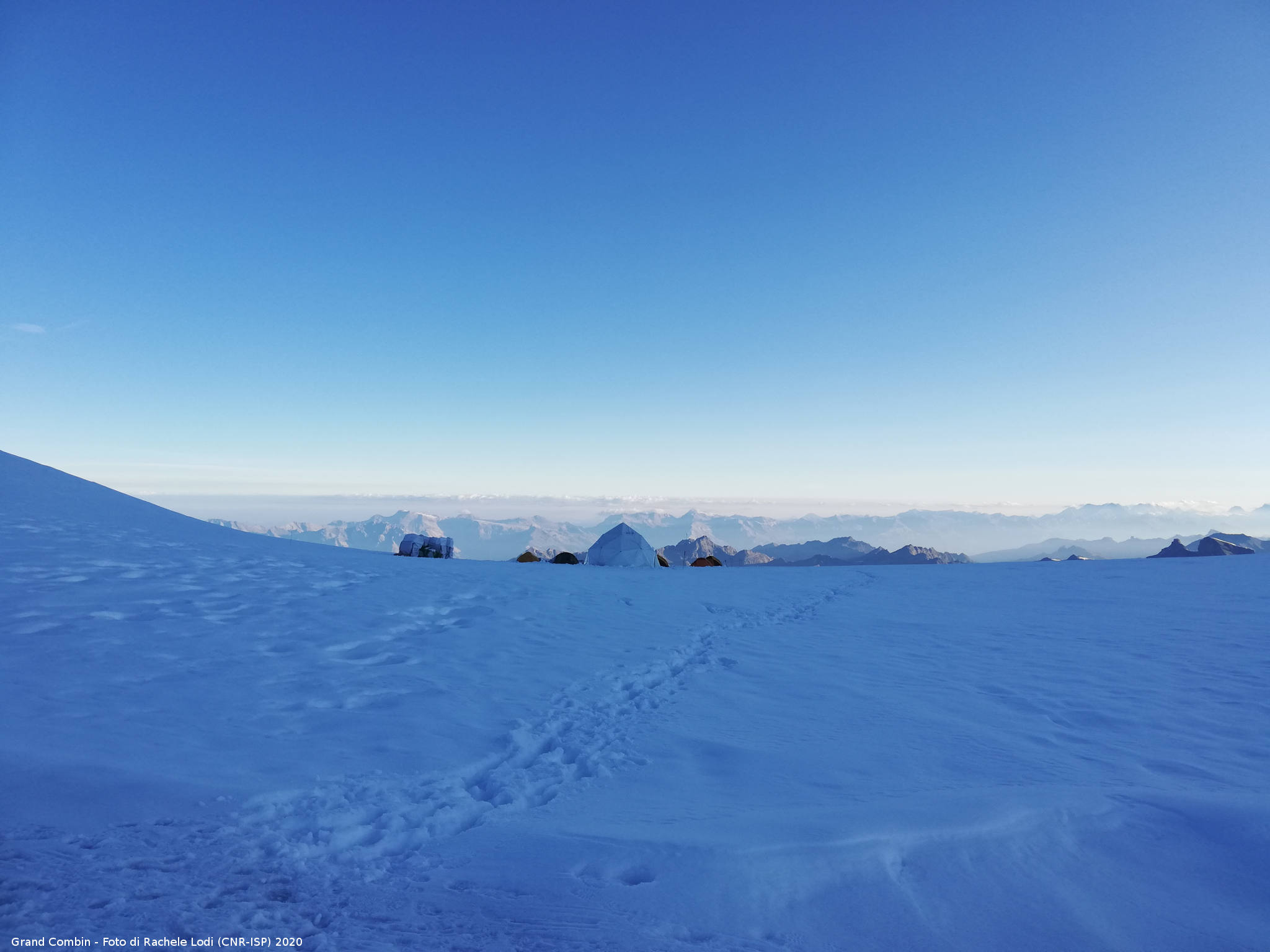

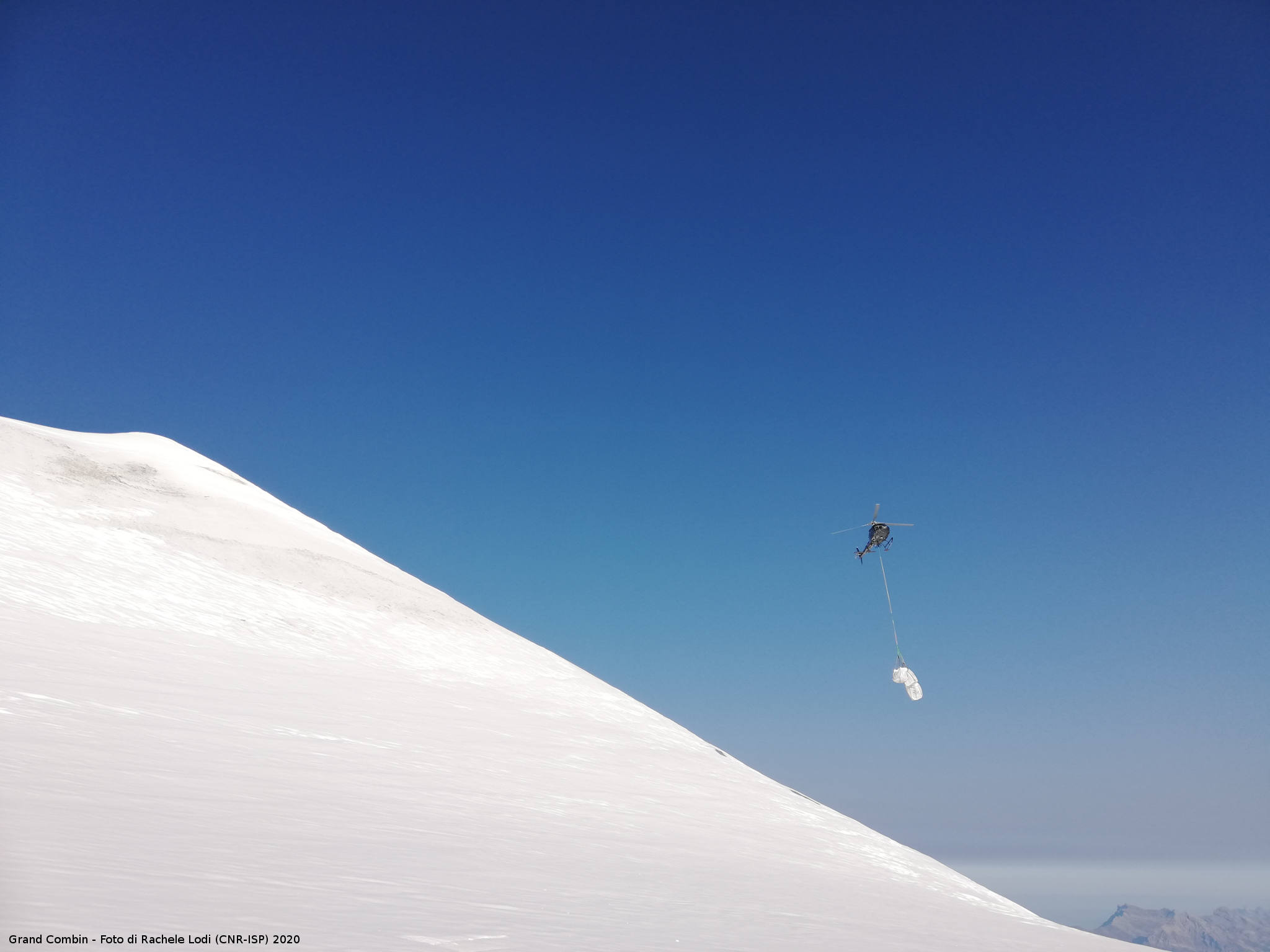
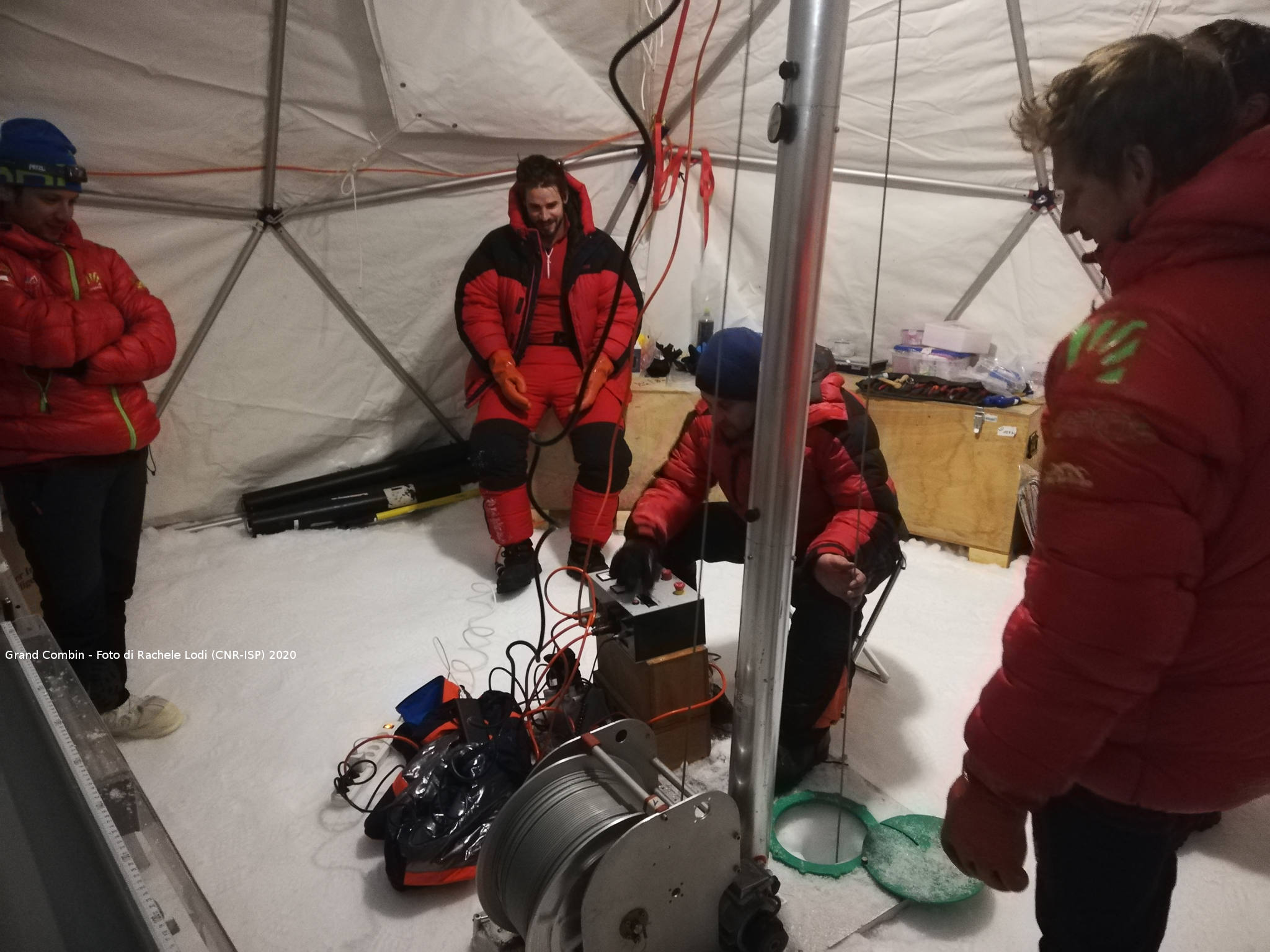
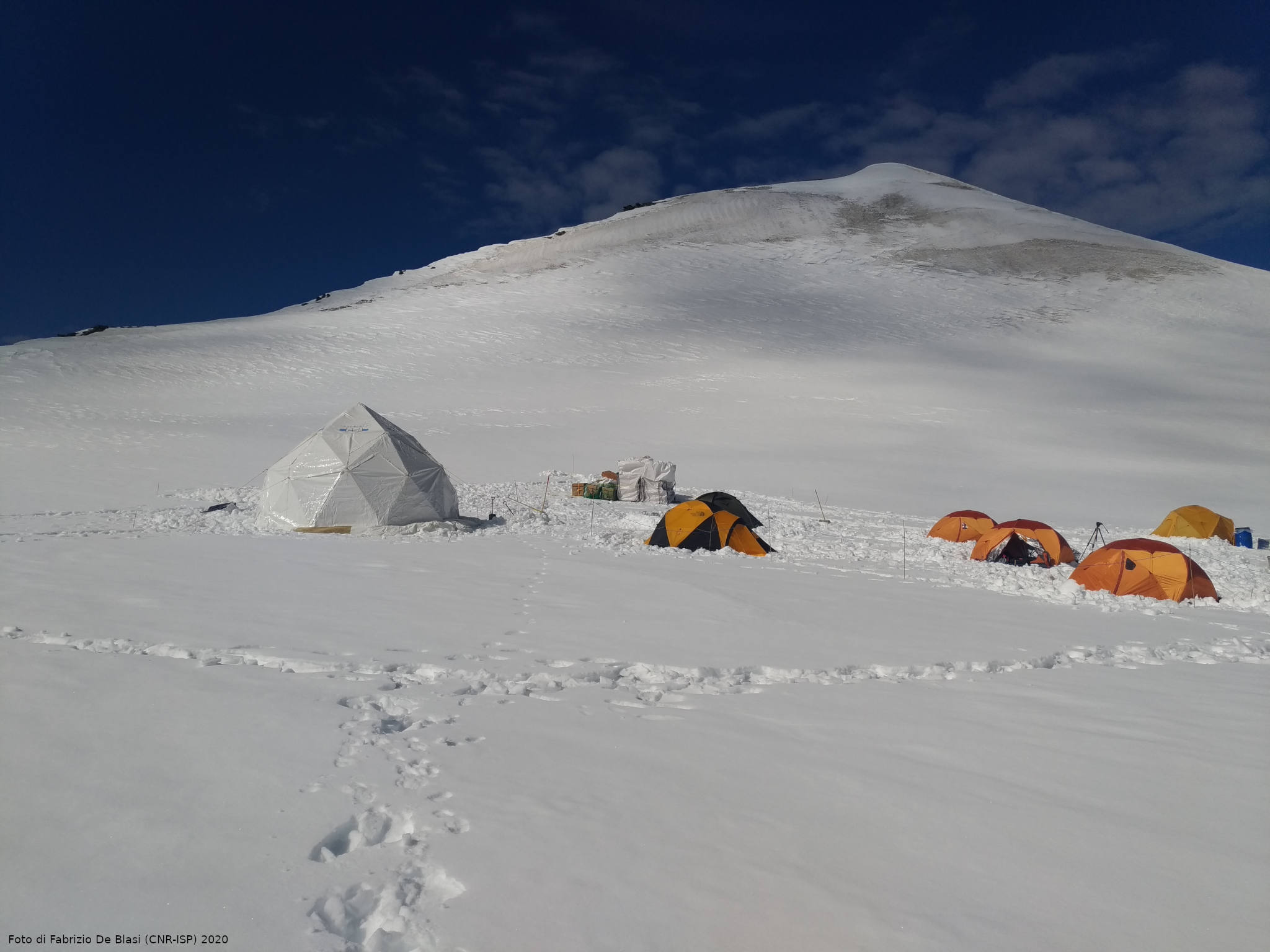
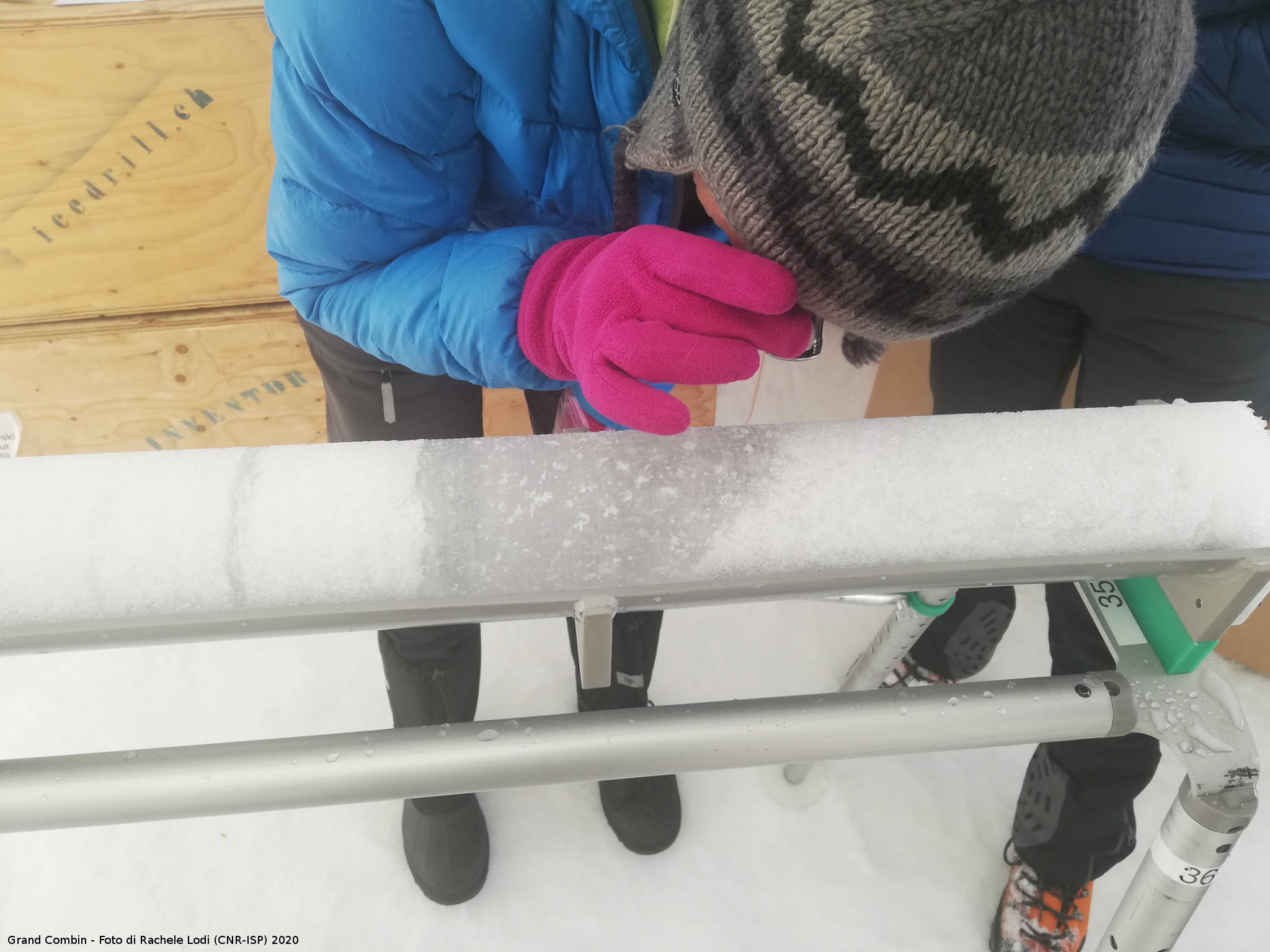
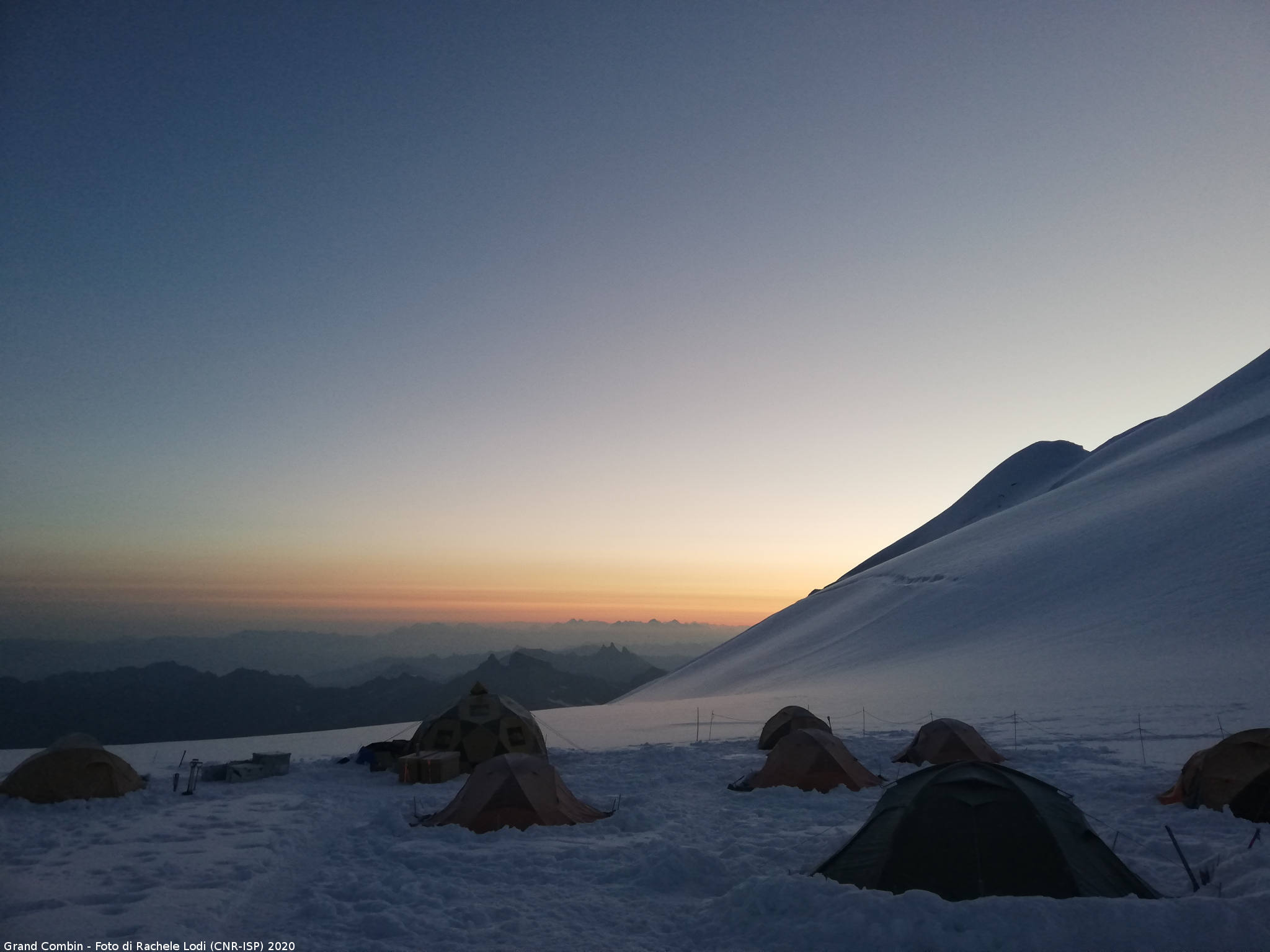
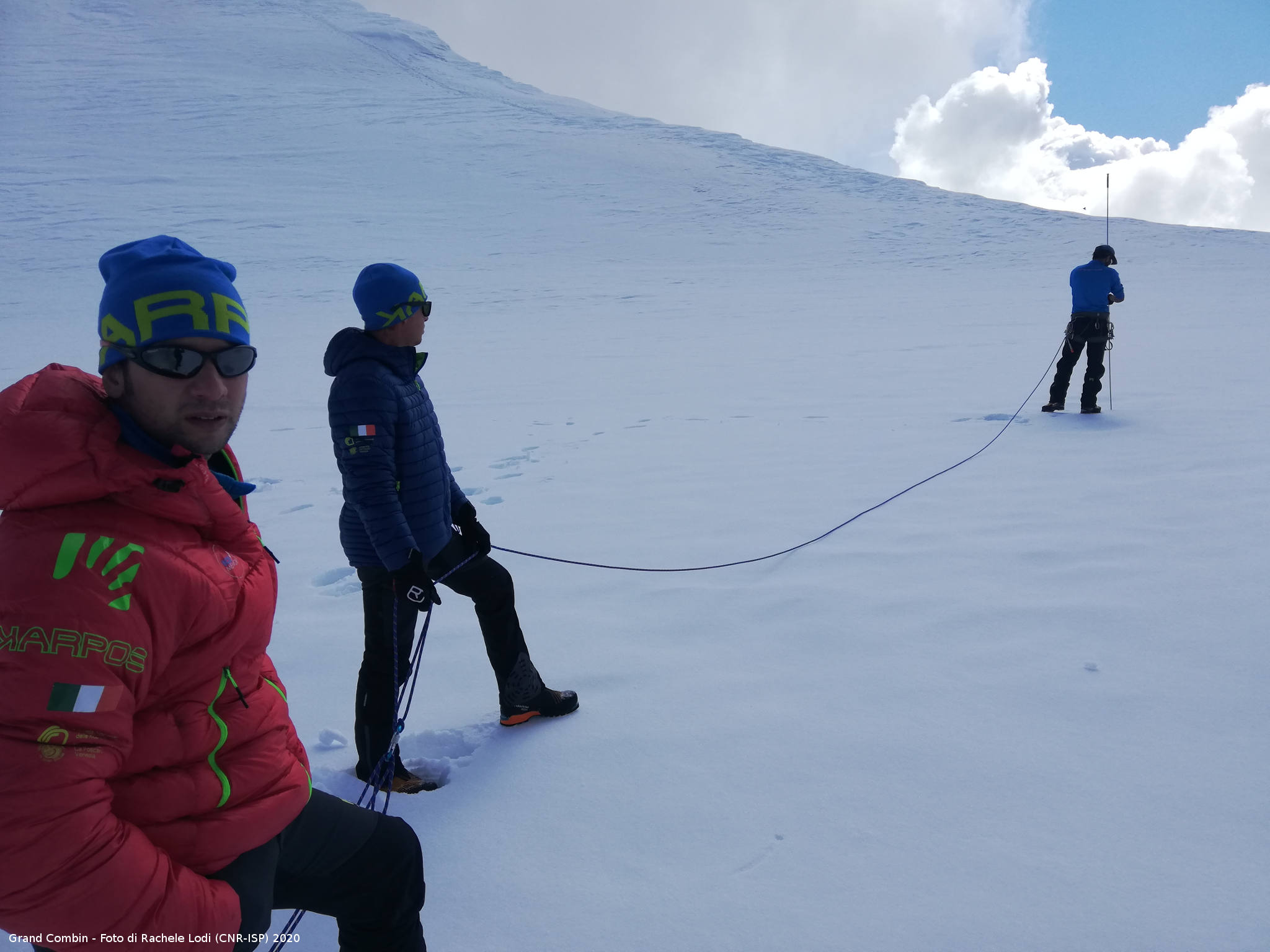

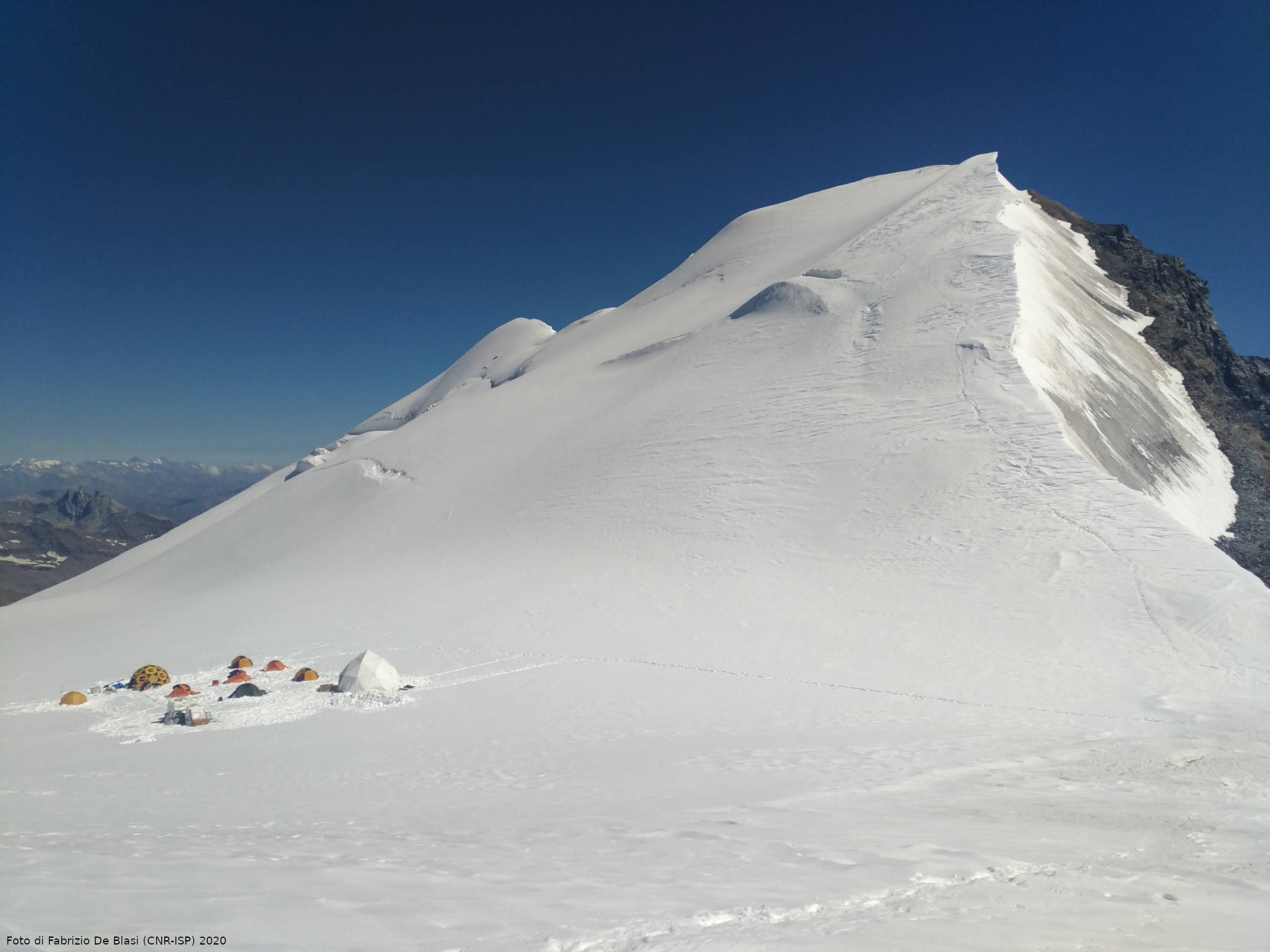
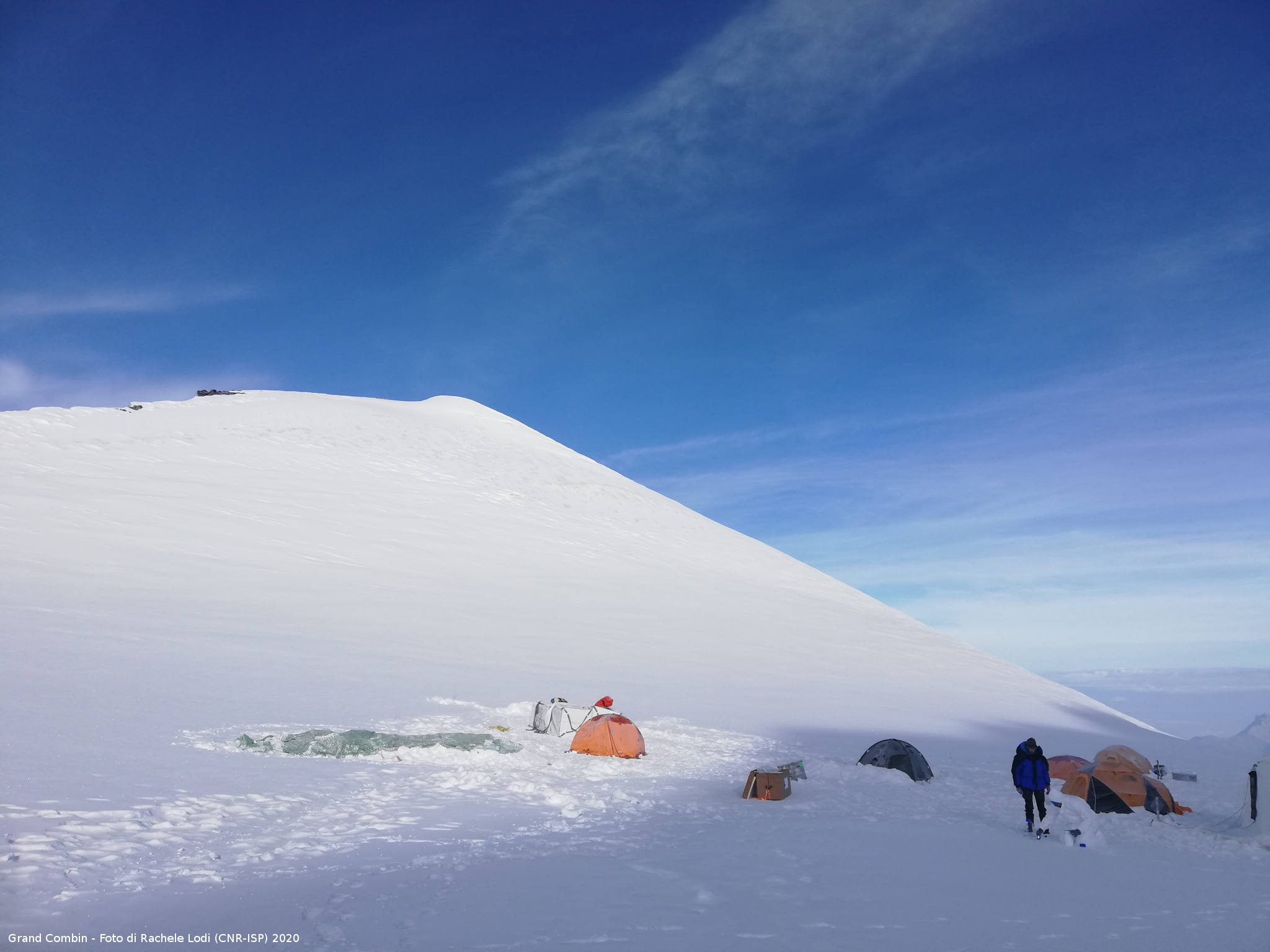
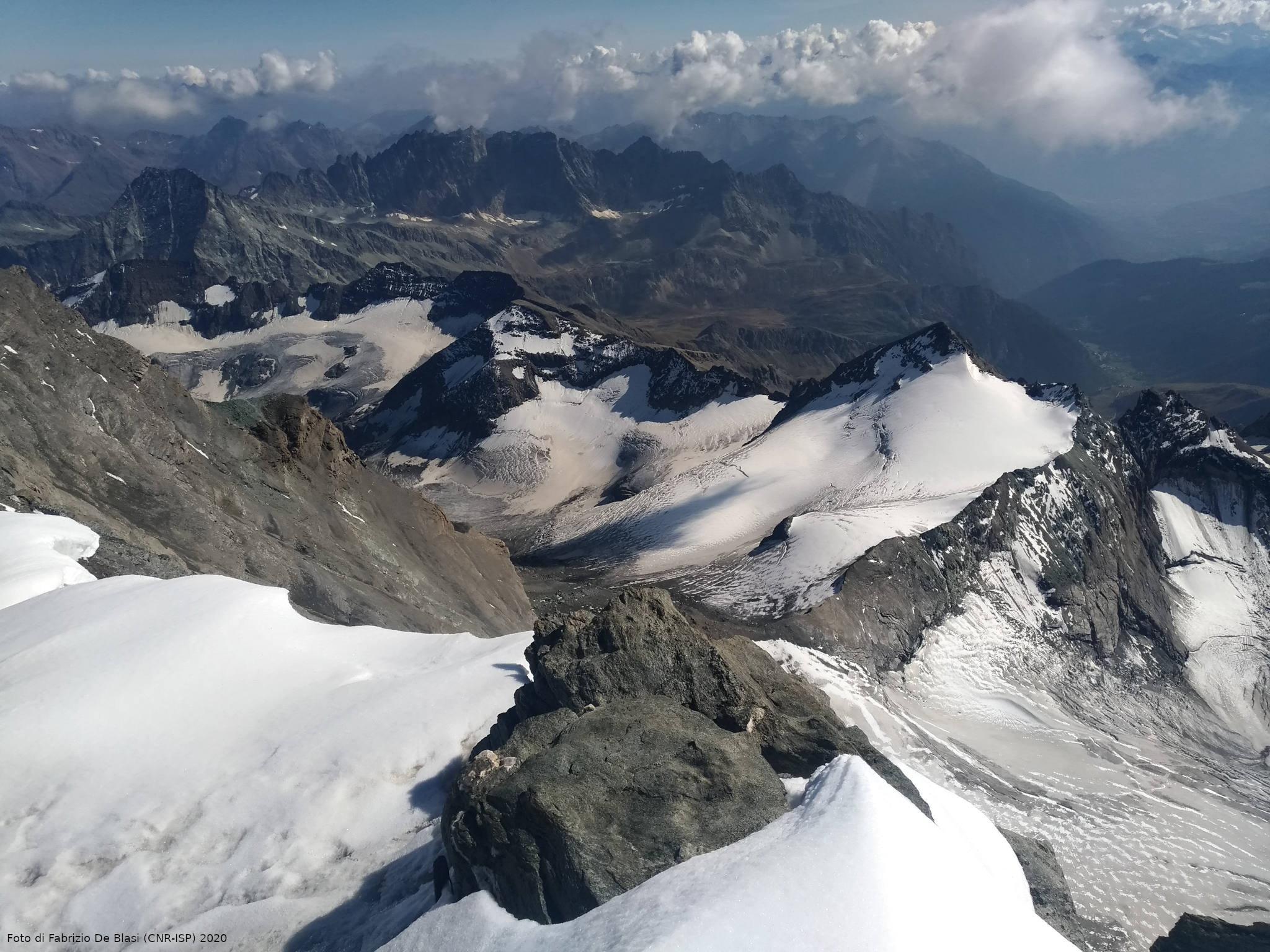
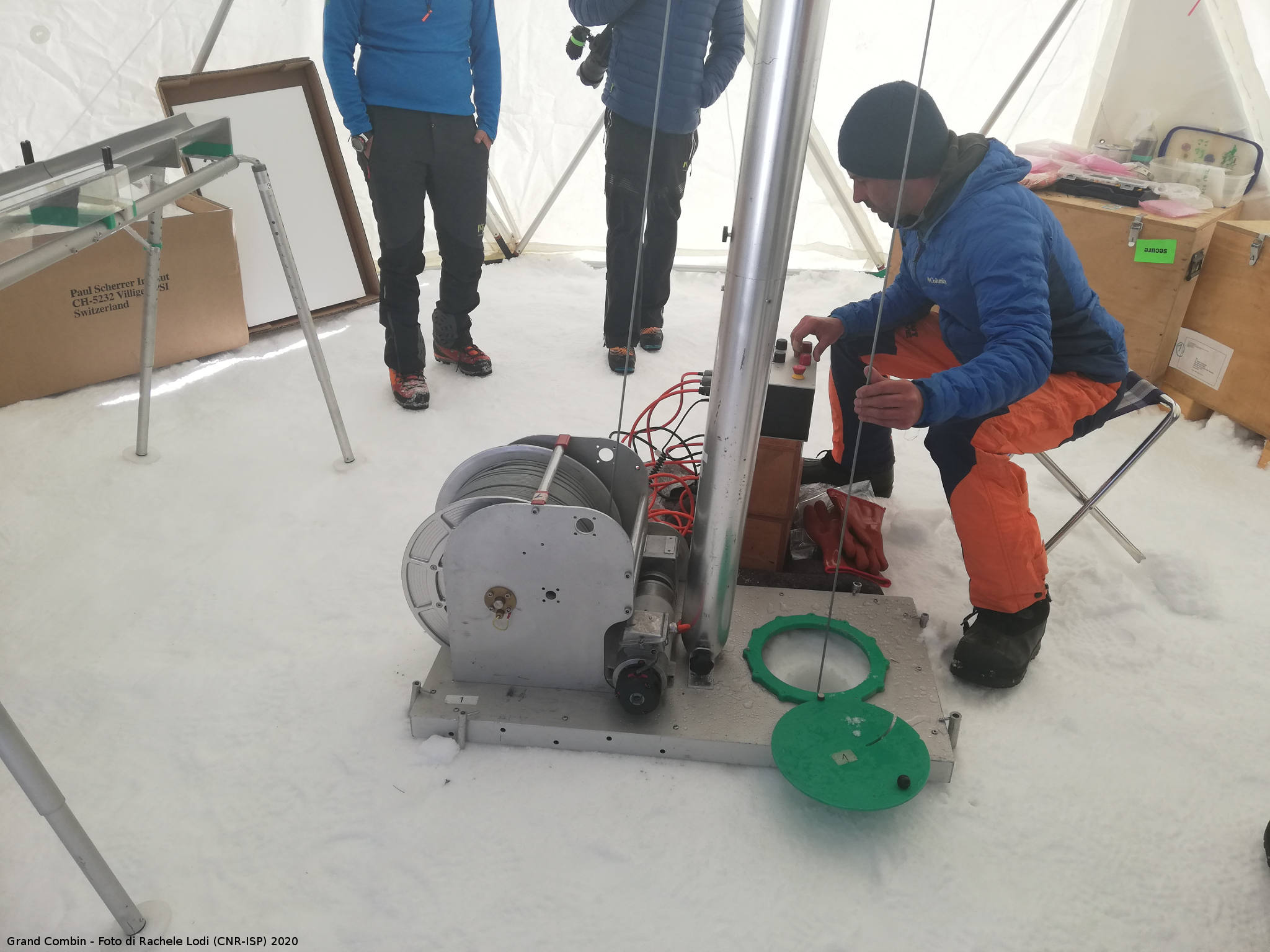
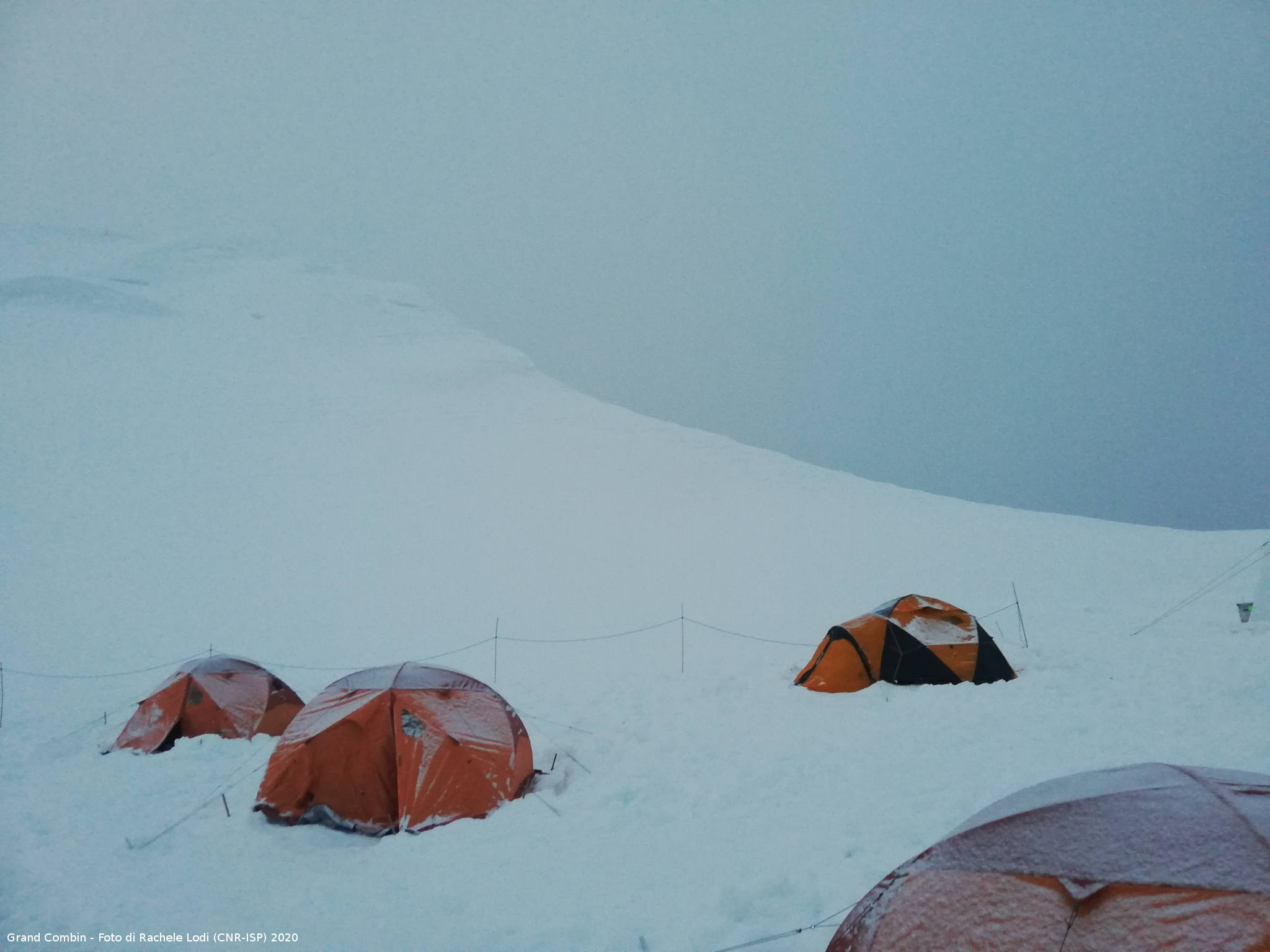
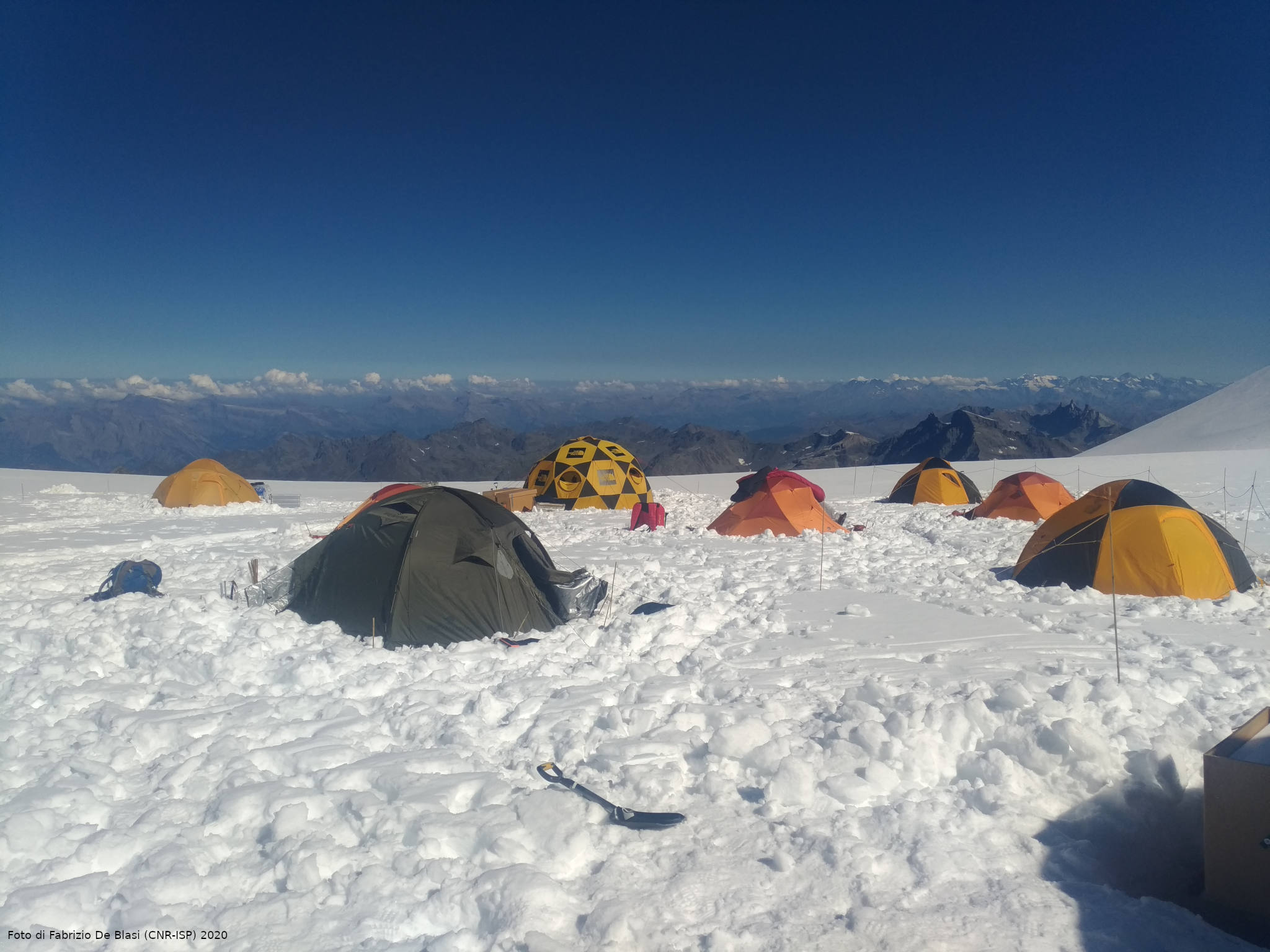

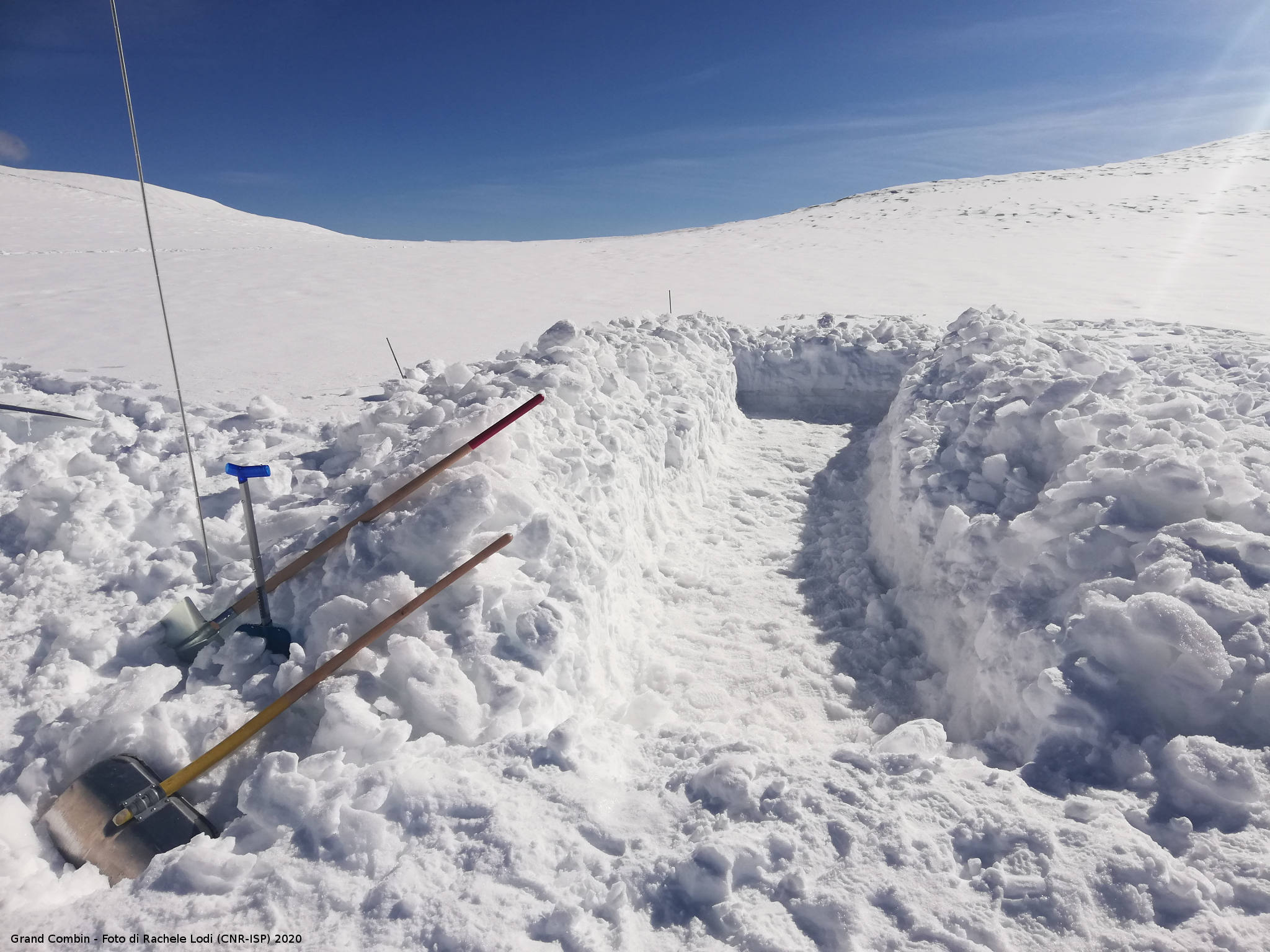






 Deeper understanding of biological processes and recent advances in biotechnology allow us to use the natural world to progress in various industries, such as in the development of drugs and food additives. In general, the term bioprospecting is used to indicate the exploration of living beings and biological materials for biomolecules that may be useful to humans. In this field, poorly known or poorly described genetic resources have a great potential for the discovery of new and valuable natural products. Therefore, polar organisms, given their unusual metabolic abilities and physiological adaptations to extreme environmental conditions, are well suited for this purpose. Furthermore, the possible future potential of polar organisms in of the bioremediation of pollutants, even persistent ones, at low temperatures should not be overlooked.
Deeper understanding of biological processes and recent advances in biotechnology allow us to use the natural world to progress in various industries, such as in the development of drugs and food additives. In general, the term bioprospecting is used to indicate the exploration of living beings and biological materials for biomolecules that may be useful to humans. In this field, poorly known or poorly described genetic resources have a great potential for the discovery of new and valuable natural products. Therefore, polar organisms, given their unusual metabolic abilities and physiological adaptations to extreme environmental conditions, are well suited for this purpose. Furthermore, the possible future potential of polar organisms in of the bioremediation of pollutants, even persistent ones, at low temperatures should not be overlooked.



